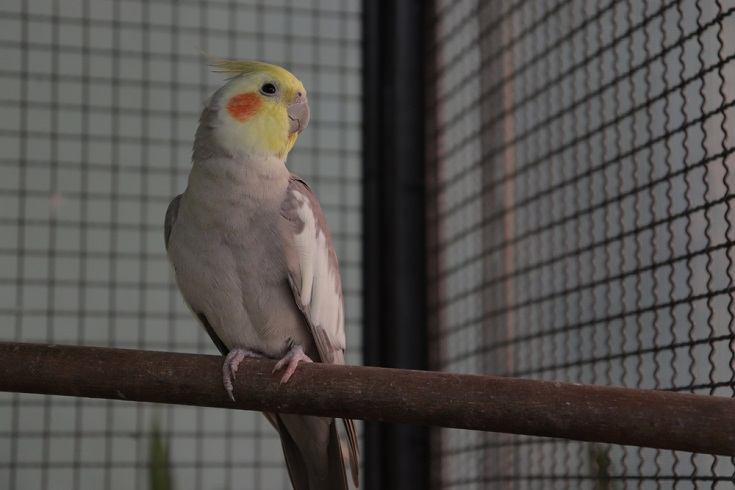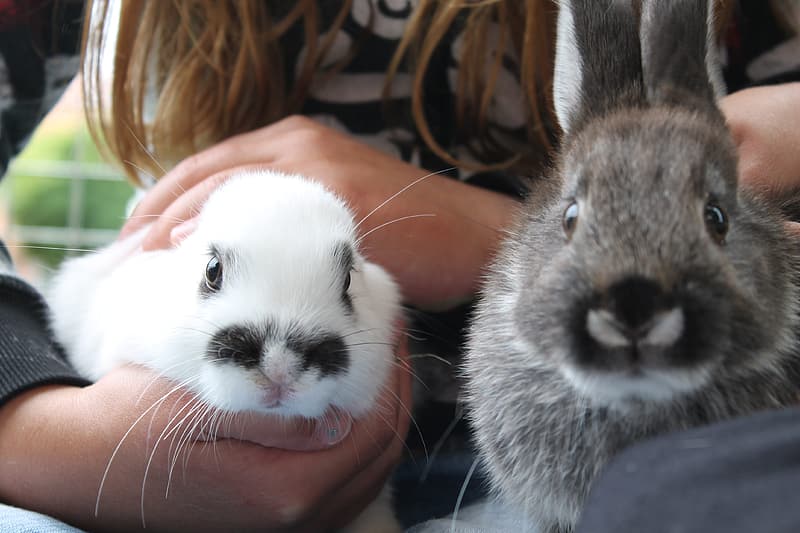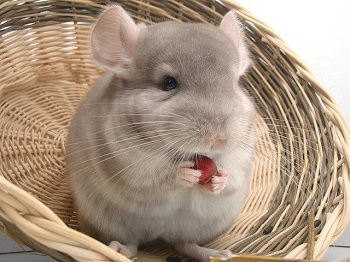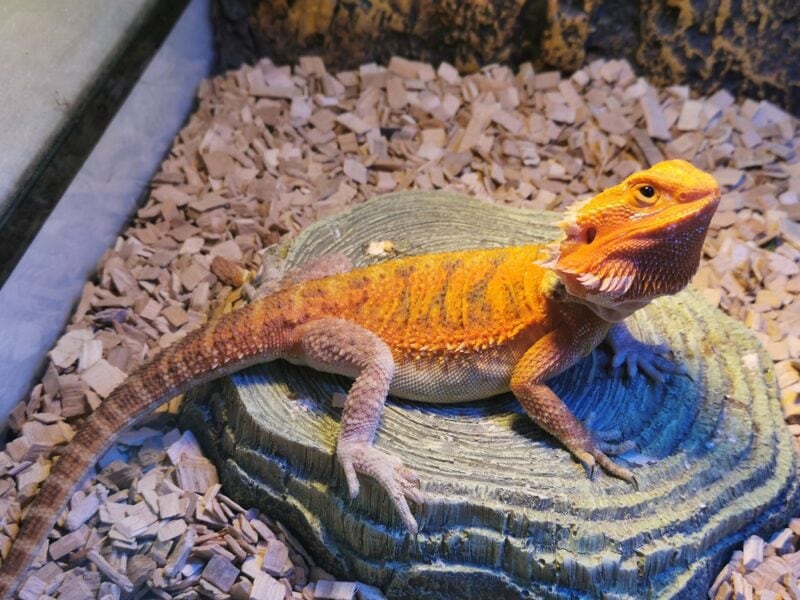VET APPROVED

The information is current and up-to-date in accordance with the latest veterinarian research.
Learn more »Click to Skip Ahead
If you have a cockatiel and would like to give your feathered friend another bird to live with, you need to know what birds are compatible with yours. The good news is that cockatiels are flock birds and get along well with many other parrot species, provided you have ample space and resources to minimize competition. This means you can house your cockatiel with other similar-sized and physiologically similar (in terms of nutritional needs) parrots with relative ease in most circumstances.
Read more about cockatiel cohabitation below!

Cockatiel Cohabitation 101
Cockatiels are flock animals and will readily mingle with their own kind. As long as all members of a flock feel as though they have ample space and don’t have to squabble for resources such as food, they don’t seem to respond unfavorably towards a new cockatiel. Therefore, in most scenarios, it’s perfectly fine to house two cockatiels together.
One thing to keep in mind if you want to get another cockatiel is that a male and female cockatiel will likely breed. So, unless you want your home to turn into a hatchery, don’t get a new cockatiel that’s the opposite sex of the bird you have now. Cockatiels of the same sex tend to get along just fine so there’s nothing to worry about.
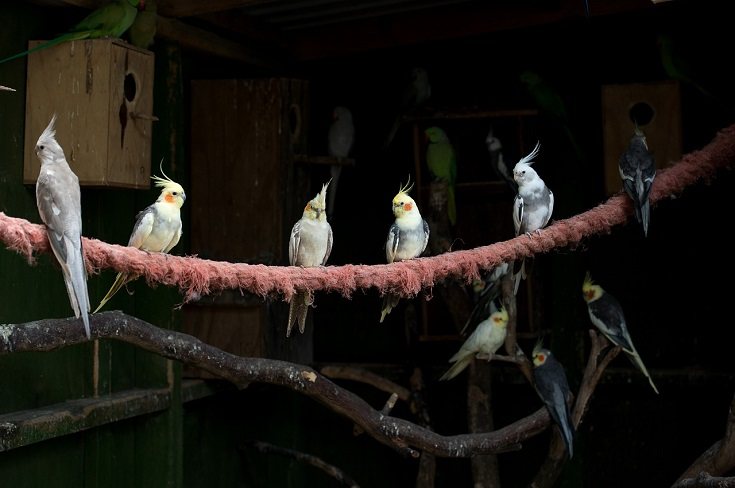
What About Other Parrot Species?
In terms of introducing a new species to your cockatiel, the best option is to choose parrots that share a similar nutritional physiology. Cockatiels are classified as granivores (primarily seed eaters). This means that they would do best with other granivores or parrots with a highly diverse nutritional profile.
- Budgerigar (Melopsittacus undulatus)
- Turquoise parrot (Neophema pulchella)
- Rose-ringed parakeet (Psittacula krameri)
It is worth mentioning that the odds of cohabitation are drastically better in large aviaries as opposed to small indoor cages. In such situations, many other parrot species can be considered.
Despite the size difference of certain parrot species when compared to a cockatiel, cohabitation has been successfully observed even with very large species, such as the Sulphur-crested cockatoo (Cacatua galerita).


Factors To Consider
If you are going to house a cockatiel with another parrot, it’s important to keep a few things in mind.
Prepare For All Scenarios
While we often wish the best in terms of introducing a new parrot to an existing pet parrot, it’s very important to be prepared for scenarios where the two just don’t like each other. This is a distinct possibility with any two parrot species and not just with introducing a cockatiel to another parrot species.
Yes, there are instances where cohabitation works successfully. However, the odds of the inverse scenario should never be discounted. At times, two parrots may simply have opposing personalities and one may choose to lash out at the other. As such, it’s our responsibility as pet owners to ensure that we’re prepared for any scenario (including one where the two parrots permanently remain separated).
If you’re new to the wonderful world of cockatiels, you’ll need a great resource to help your birds thrive. We highly recommend taking a closer look at The Ultimate Guide to Cockatiels, available on Amazon.
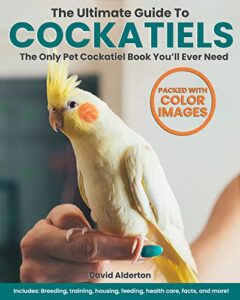
This excellent book covers everything from the history, color mutations, and anatomy of cockatiels to expert housing, feeding, breeding, and health care tips.
Two Birds Require Twice the Space
A small bird like a cockatiel should have a birdcage that’s at least 24” L x 18” W x 24” H. However, a cage this small would absolutely require that the cockatiel be allowed outdoors daily to exercise and play. It shouldn’t be viewed as a bird’s home, but rather a bedroom of sorts.
When adding another bird to your family, plan on getting a birdcage that’s at least twice as big. However, that’s not all – each parrot would need their own cage in the event that they don’t get along.
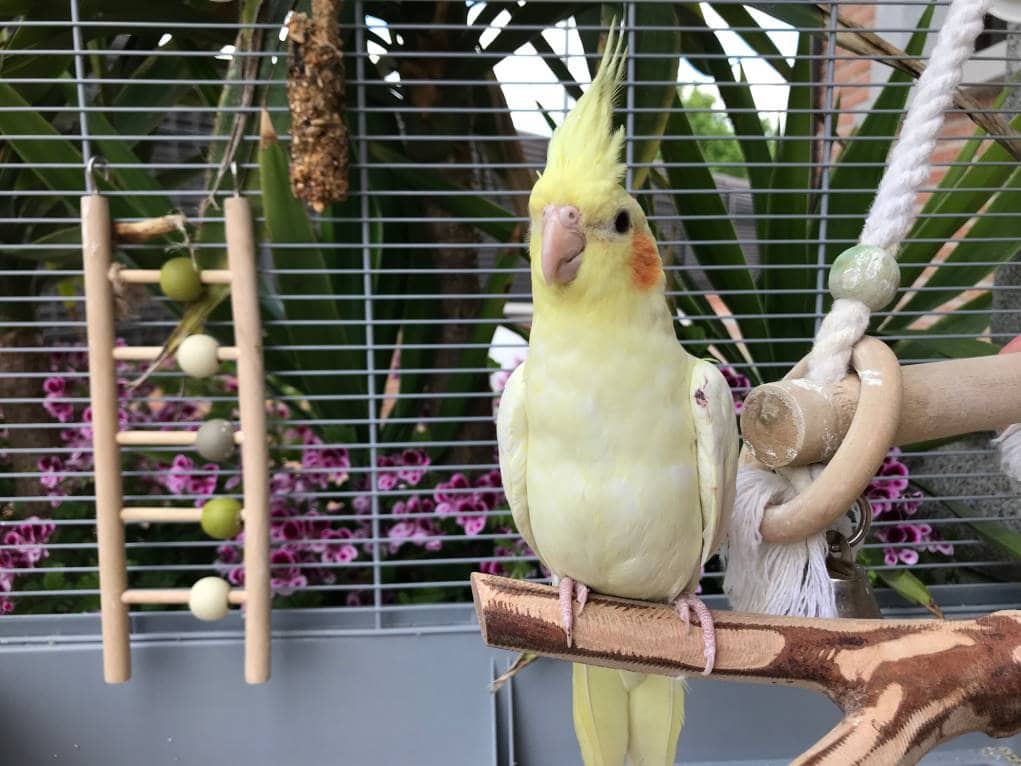
Ensure Both Birds Are Healthy Before Housing Them Together
Before you house a new bird with your cockatiel, you have to quarantine the new parrot for a period of at least 4 to 6 weeks. During this time, the new parrot should be in a different room than the one used by your cockatiel, and share no worldly possessions with your cockatiel. You must also practice appropriate hygienic measures prior to interacting with each bird during this time.
In addition, you should have both birds checked by your veterinarian to ensure they are not sick. This is especially important for the new parrot, but it’s always a good idea to run a health check on your existing cockatiel too.
Don’t Rush the Introduction
After the quarantine period, it’s important to not place your new parrot directly in the cage with your cockatiel. Keep the two birds in individual cages so they can get used to each other. Set the two cages side by side so they can see each other. Leave the birds like this for a couple of days before attempting an introduction.
When you put the two birds together, the first meeting should be closely supervised to ensure they will get along. Keep the room quiet and free of distractions like loud music and noises. Once you see that the two birds can co-exist, you won’t have to keep such a close eye on them.


Tips for Keeping Your Birds Happy
Cockatiels and other small birds like parakeets enjoy getting out of their cages to perch on a T-stand. If you let your birds out of the cage, be sure that they’re supervised so they don’t get into trouble.
Keep your birds happy inside the cage with a bird toy or two. Try to spend about an hour every day playing with your birds and holding them. Twice a week or so, provide your birds with a shallow bowl of warm water they can bathe in. Alternatively, you can mist your birds gently using warm water and a spray bottle.
If you have small children, always be present when they’re around your birds so the birds are treated right. It’s important to always wash your hands well before and after handling your birds.

Conclusion
Now that you know that many parrots can live in harmony with your cockatiel, you can factor in the other considerations prior to adopting a new parrot. Remember to take things nice and slow when introducing the two birds and before allowing them to cohabitate.
Though there are many parrot species a cockatiel could get along with, it’s also important to remain open to the possibility of cohabitation not working out as you would’ve intended. As such, it’s crucial that you also have a backup plan in place should things unfortunately go awry.
You May Also Like:
- Can Lovebirds and Cockatiels Live Together in One Cage?
- Can Cockatiels and Budgies Live Together in One Cage?
Featured Image Credit: Barbara Rost, Shutterstock
